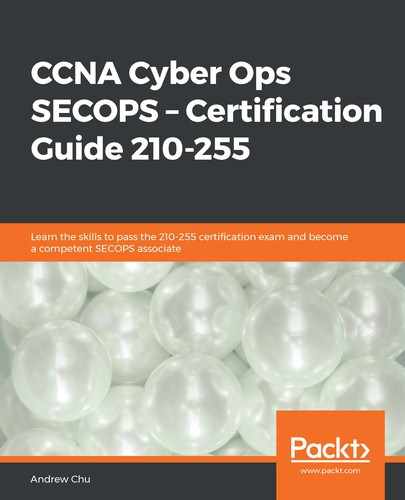The idea of best evidence relates to a legal principle derived from 18th century British case law, at a time where copies were made by hand and therefore could be unreliable. The rule holds that if an original exists and can be produced, the original is superior to any copies. The US Federal Rules of Evidence further specify that, if a copy is to be used, it is the responsibility of the party relying on that copy to explain why the original either doesn't exist or cannot be produced.
The best evidence principle is used when there is dispute over the contents, analysis, or conclusions drawn from the copy; if a defendant questions the evidence, and there is no good reason why the original cannot be produced, the evidence is inadmissible. Loss or damage to the original may, therefore, undermine an entire case.
An exact (block by block) copy of a mass storage device (for example, HDD/SSD/flash drive) may be possible, but this can be complicated when it comes to files on cloud storage, data in RAM/swap files which are volatile, or transient information like network transmissions. In general, a properly created system image and some copies of files can be used in court, although the methods to collect these images may be challenged over time, and it is, therefore, important to keep up to date with statutory guidelines.
The best evidence principle also specifies that the original document/storage/item should be in its original form. This means that issues might arise through the analysis process. It is therefore typical to take a copy of the original to analyze, and to secure the original elsewhere.
